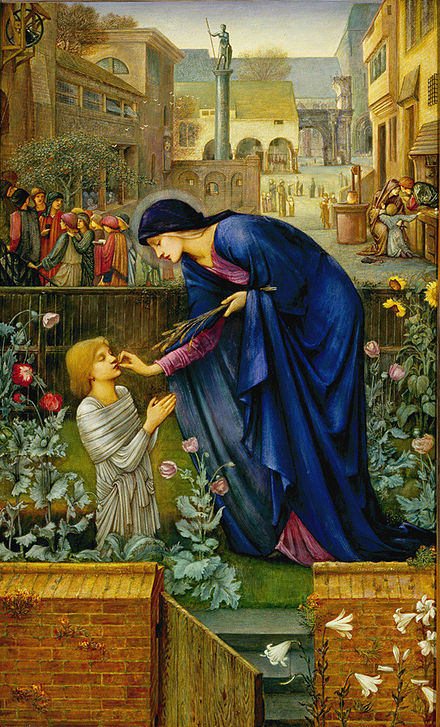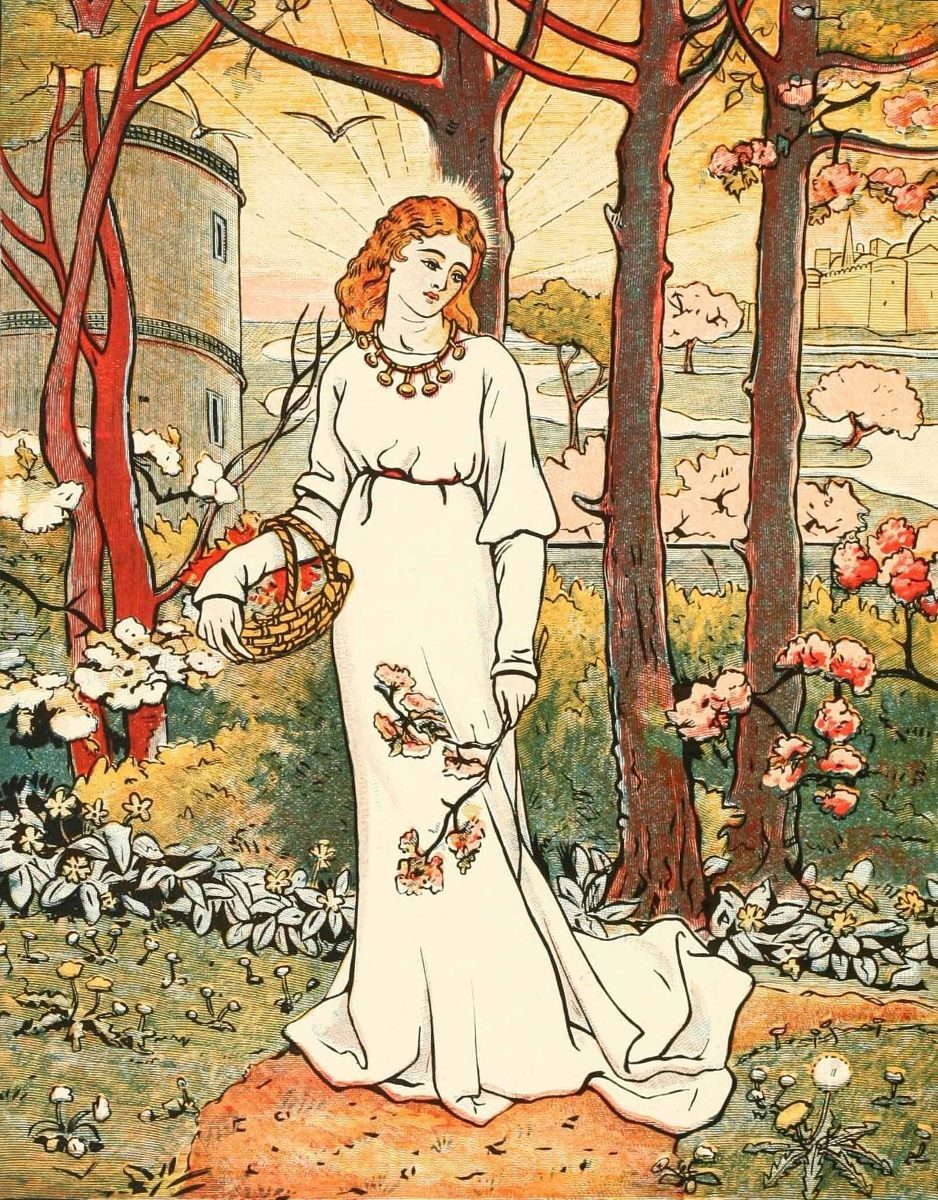[This post was written in the spring 2018 semester for Karrie Fuller's course on Chaucer’s Canterbury Tales. It responds to the prompt posted here.]
In many of Chaucer’s Canterbury Tales,there exist the specters of fourteenth-century social attitudes, whether these be about religion, gender, or any other topic now carefully studied by literary critics. Even amongst all of these numerous tales, however, the “Prioress’ Tale” and its blatant, vicious anti-Semitism stands out as particularly troubling. Troubling, and, unfortunately, as relevant now as it was so many centuries ago due to a curious movement among the modern alt-right supporters of America. Social and political movements, including violent or radical movements, often justify themselves with appeals to authority, wherein they use literature of the classic Western canon, from the Bible to Aristotle to Dickens, to validate their ideologies. The modern alt-right movement that has recently gained some infamy in the United States in the wake of the 2016 presidential election and the Charlottesville rally is no different.
In order to gain real traction, radical movements must appear to be steeped in legitimacy. This can come in many forms, such as the pseudoscience, phrenology, perpetuating racist attitudes, but often it comes in the form of (mis)interpreting the literary canon to fit a radical ideology. For the alt-right and very far-right, a favorite author to discuss is, strangely, Jane Austen. If read and analyzed in the way that most people would, Austen is not an ardent supporter of the alt-right, but they use her works in multiple ways. For one, she becomes a symbol of sexual purity, as part of a mythological age that ended with the 1950’s in which women were pure and chaste. Austen’s novels, as do many of the titles alt-right movements use, also hearken to a nostalgic ‘better world’ of the past, where white, Christian males had the most social power. For example, in a speech at the University of Colorado Boulder, controversial conservative firebrand Milo Yiannopoulos references Austen in his speech extolling the dangers of feminism: https://www.youtube.com/watch?v=UTBafIj-ay0 (link removed to reduce the traffic to his site; please use only if needed for research purposes to avoid supporting intolerance). Austen is just one of many authors that the alt-right has picked up as validation; they are, for example, also very fond of ancient Greek Stoicism, using this philosophy to justify their beliefs.
Chaucer’s “Prioress’ Tale” is a good example of the kind of literature that alt-right groups could use to justify their positions on anti-Semitism. It is a story that totally villainizes the Jewish people, putting them in bed with Satan, saying, “Oure firste foo, the serpent Sathanas/ That hath in Jues herte his waspes nest/ Up swal and seide, “O Hebrayk peple, allas!” (VII. 558-560). It not only casts Jews as villains, but also perpetuates stereotypes that have followed them for centuries, as the Prioress’s statement that the Jewish community is, “Sustened by a lord of that contree/ For foul usure and lucre of vileynye/ Hateful to Christ and to his compaignye” (VII. 490-492). In other words, they are villainous money-lenders. In addition, they hate Christians for their love of Mary, and conspire (a stereotypical favorite pastime for Jews) to murder a Christian child: “Fro thennes forth the Jues han conspired/ This innocent out of this world to chace/ An homycide therto han they hyred” (VII. 565-568). Because of its similarity to the problems that the modern alt-right movement has with the Jewish people, this tale could be made into an easy example of how Jews have been the way that they are for centuries, and are unlikely to change. It could easily be used to fuel hatred.
The use of canonical literature to inspire hatred, of course, raises many problematic questions. What is the correct way to approach literature that deals with sensitive issues in insensitive ways? Is it best to attempt to teach it, giving the caveat that it is insensitive? Or is it best to ignore it, or ban it, because of the idea that even with the caveat there will be, here and there, people who use such literature to justify hatred? Is literary merit always worth that risk? This hearkens to the perennial debate about whether Huckleberry Finn should be banned; some people have moved to ban it for ‘inciting racial hatred’ in high schools. All this, of course, despite the fact that many critics do not think that Huck Finn is a racist book, and its author almost certainly wasn’t- just the possibility that it could incite hatred, due to ignorance and misinterpretation, is enough for some to want it banned. Perhaps some of the Canterbury Tales, such as the “Prioress’ Tale,” are even worse than Huck Finn, because of authorial intent. Mark Twain seems to not have been a racist; Chaucer, on the other hand, might have been terribly misogynistic or anti-Semitic. Should authorial intent matter? Indeed, should a book with literary merit be banned or restricted because its author had radical or violent views, or should it be read to try to understand and counter those views, despite the risks?
Upon reading the “Prioress’ Tale” and seeing the anti-Semitism therein, these questions must be asked. For ideals that most consider dangerous and grotesque, like neo-Nazism, radical Islam, or misogyny, classic literature can be a powerful tool for trapping the mind, just as it can be a powerful tool for liberating the minds of others. The question is, which use is going to take precedence; in other words, how can the liberating be maximized while the trapping is minimized?
James DeMaio
University of Notre Dame
Work Cited
Chaucer, Geoffrey. The Canterbury Tales. Edited by Robert Boenig and Andrew Taylor, Broadview Press, 2012.



